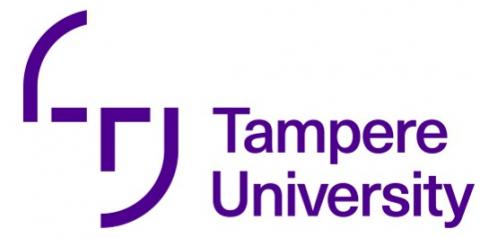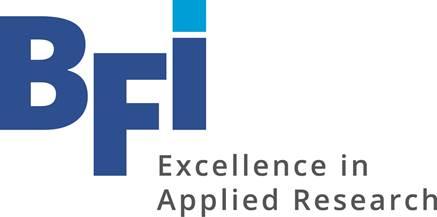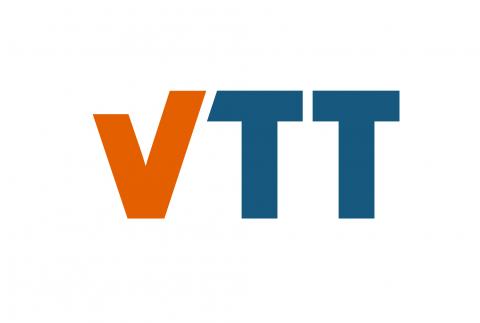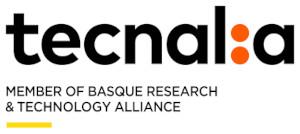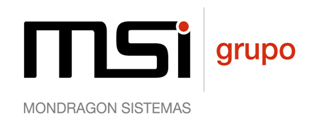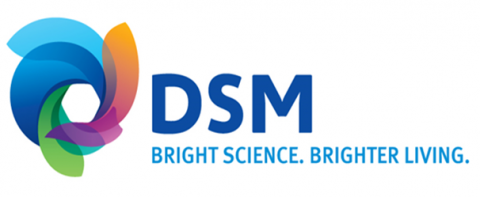Digimaturity Tool - is your organisation prepared for digital transformation?
By Olli Kuusisto from VTT (www.vtt.fi, @olliquu, https://www.linkedin.com/in/olli-kuusisto-83b56/)
There is much talk about digitalisation and digital transformation. They often remain as high-level concepts, or the issue is seen from a particular, fairly narrow angle.
In order to address different viewpoints of digitalisation, it should be understood broadly. Even if the enabler is the technology, digitalisation or digital transformation in an organisation encompasses much more than mere IT.
Digital maturity refers firstly to an organisation’s readiness for digitalisation: its motivation to change and its ability to adopt new technologies and new operations models. Secondly, it refers to an organisation’s performance based on digital technology. In other words, digital maturity is a combination of business, technology and people viewpoints – and is not limited to one’s own organisation, but affects the value network, too.
VTT has developed a holistic Digimaturity model and related online tool that will guide organisations to consider essential dimensions that are important in digitalisation and to support development actions. In short, to assess the digital maturity of an organisation.
Under VTT’s Digimaturity model, aspects selected as the principal dimensions of digitalisation include the following six: strategy, business model, customer interface, organisation and processes, people and culture, and information technology. Each dimension includes 4-5 questions with 5 maturity levels. The selections are based both on widely used maturity models presented in the literature and VTT’s empirical experiences of development projects.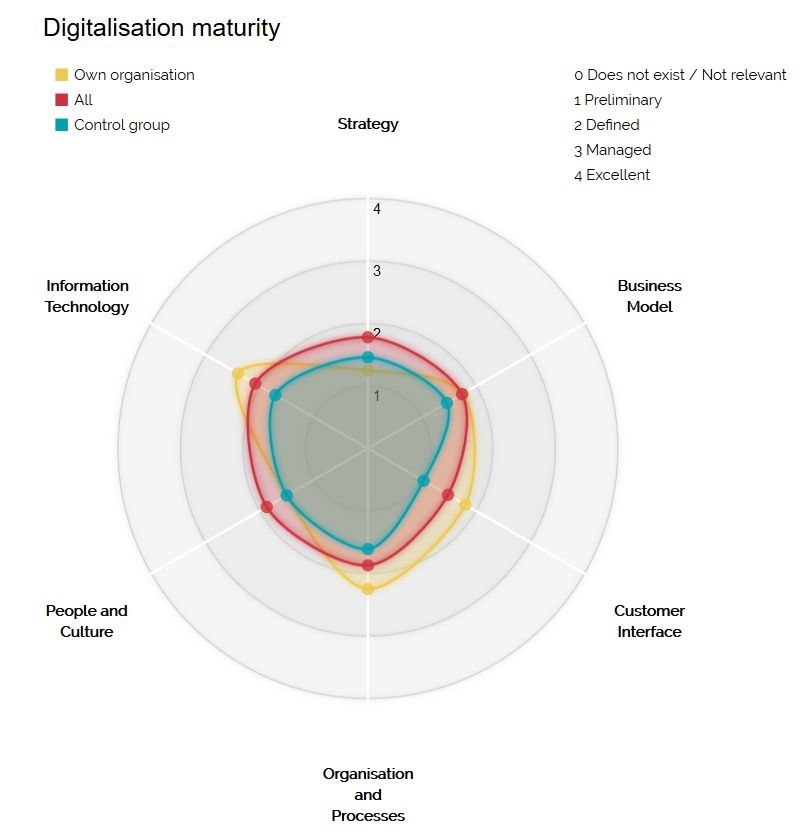
Figure 1. The result diagram of the VTT Digimaturity online tool. The diagram shows digital maturity of the organisation and reference values of all respondents. The reference group maturity only by contacting VTT.
Digital maturity analysis was found to be beneficial
The Digital Maturity analysis was tested with four Finnish process industry related companies’ plants/units in order to get an understanding whether it would be beneficial in the first phase of a development project. The test involved people broadly from different functions and organisation levels. The exercise included online tool questionnaire and a unit-specific workshop where the results were presented and discussed at three levels: organization (the average of all respondents of the unit vs. other units), function (the departmental or organization level averages vs. other functions), and as distribution of all respondents’ answers to each 25 questions.
Digital Maturity analysis was found to be a useful tool for reaching a common understanding within the targeted unit, especially for finding out the current baseline of the digital maturity in an organization. In the feedback, the initiation of vivid discussion on especially differences between functions and distribution of individual answers was seen as the main benefit. It worked also as a catalyst for ideating development actions. The workshop was regarded as a must in order to open up the concepts of the tool and to share the results within the unit. In this exercise the case units were anonymous to each other, and without knowing the other units the comparison between them did not give much. As a development idea for the maturity tool, wishes were presented for more focused questions on process automation/optimization -related issues in the following stage of the development process. More information is available in the deliverable D4.6 “Modelling guideline document and demonstration development kit (update)”.
Test your DigiMaturity for free at: http://digimaturity.vtt.fi/
COCOP solution is clearly a part of digitalization of a company. While the main emphasis is focused on technology at process-level functions - taking into account the human factors within the framework of social innovation of co-creation and co-development - it is also beneficial to take a more holistic look on the prerequisites of digitalization in an organisation.
Based on the results of the study commented above, it seems that the digital maturity analysis would suit well in early phase COCOP implementation workflow, in order to discover the general digital maturity status in a plant and its departments as preconditions for digitalization development, as well as in the end as one indicator of the change.
“In digitalization, the first step is to understand your organisation’s digital maturity level. Thereafter, selecting potential improvement steps becomes possible.”
Follow the discussion in the COCOP Debate Group of Linkedin





